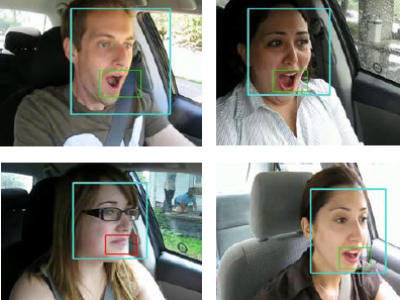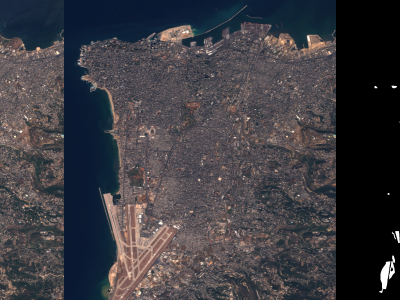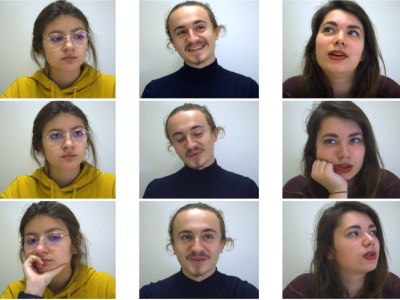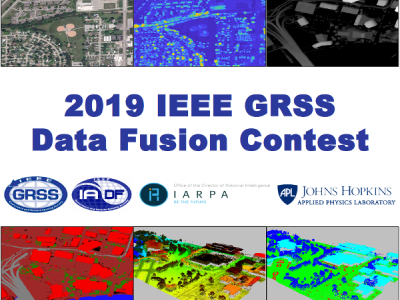Miniature Mobile Robot Detection using an Ultra-Low Resolution Time-of-Flight Sensor Dataset

- Citation Author(s):
- Submitted by:
- Jan Pleterski
- Last updated:
- DOI:
- 10.21227/28ha-8921
- Data Format:
- Research Article Link:
 745 views
745 views
- Categories:
- Keywords:
Abstract
Miniature mobile robots in multi-robotic systems require robust environmental perception for successful navigation, especially when operating in real-world environments. One of the sensors that have recently become accessible for miniature mobile robots due to their size and cost-effectiveness is a multi-zone time-of-flight (ToF) sensor. The object of classification in the dataset is a miniature mobile robot on a sand-like terrain with rocks. The dataset was acquired with the ST VL53L5CX ToF sensor.
Instructions:
The dataset consists of 4150 8x8 resolution, Time-of-Flight (ToF) depth images. The images include a miniature mobile robot class and a background class, captured with a VL53L5CX ToF sensor. The robot class consisted of various mobile robot positions, while the background consisted of sand-like terrain with rocks.
The images were taken in in an enclosed environment with sand and rocks. The experimental setup (75x35x25 mm) was filled with 10 kg of sand (grain size: 0.7-1 mm), which enabled us to create various landscape features (e.g. valleys, slopes, hills, etc.). The setup consisted of mobile robots with a footprint of 5x5 cm2.
The maximum distance of the observed robot from the sensor was 20 cm. The dataset was acquired under different ambient lighting and various shapes of sand-like terrain (e.g. slope, hill, valley, etc.). Separate images of the robot, the rock and the environment were taken at specific positions of the ToF. The specific collection of the dataset is as follows: First, modify the sand-like terrain, then deploy the mobile robot and collect an image of the terrain, thirdly deploy another mobile robot and collect an image of the robot in different positions and repeat the same for the rocks. Finally, repeat the process in a different formation of the sand-like terrain.
The dataset is in CSV format which can be directly imported into the EdgeImpulse platform. While importing the dataset, the platform labels each file according to a file name prefix (robot, background).








